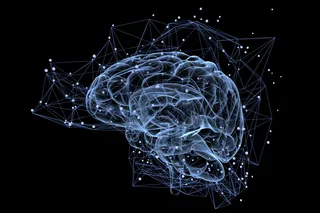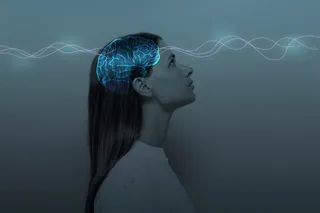High-frequency sound waves, known as ultrasound, have long been used as a non-invasive, safe method to visualize internal structures in the body. But recently, researchers have been pushing the boundaries of what ultrasound can do, including using it to treat medical conditions. Today, ultrasound is being used to destroy tumors, stop heavy bleeding, support drug delivery, and even influence brain activity in conditions like Parkinson’s disease.
Now, a research team from Dell Medical School at The University of Texas has explored whether this same technology could be used to treat mood, anxiety, and trauma-related disorders (MATRD). The results, published in Molecular Psychiatry, are promising: Participants with depression and other mood disorders who received targeted ultrasound to specific brain regions reported significant relief from their symptoms.
Major depressive disorder, bipolar disorder, anxiety disorders, and PTSD continue to affect millions. Traditional treatments — like medication and psychotherapy — can be helpful, but ...















